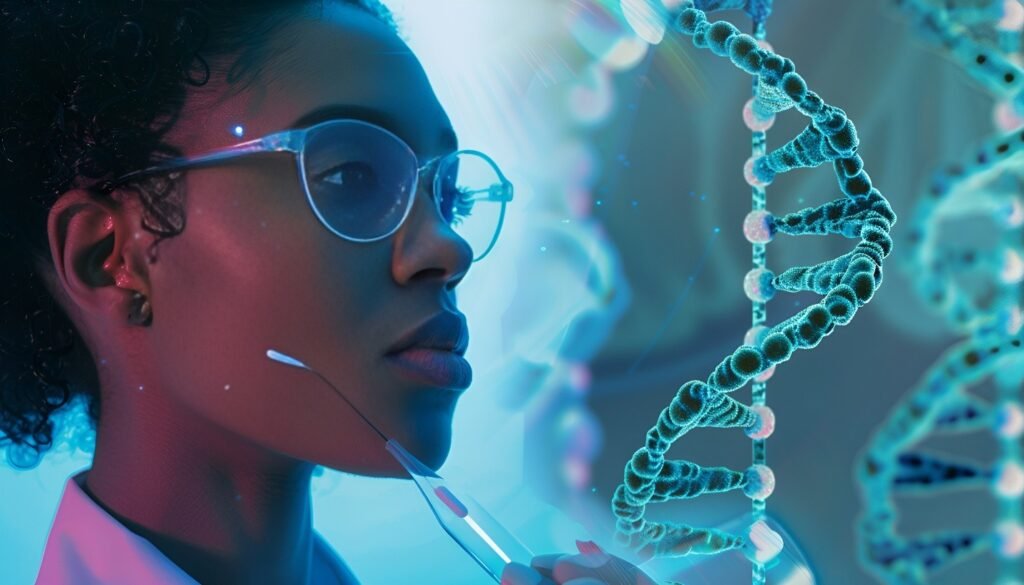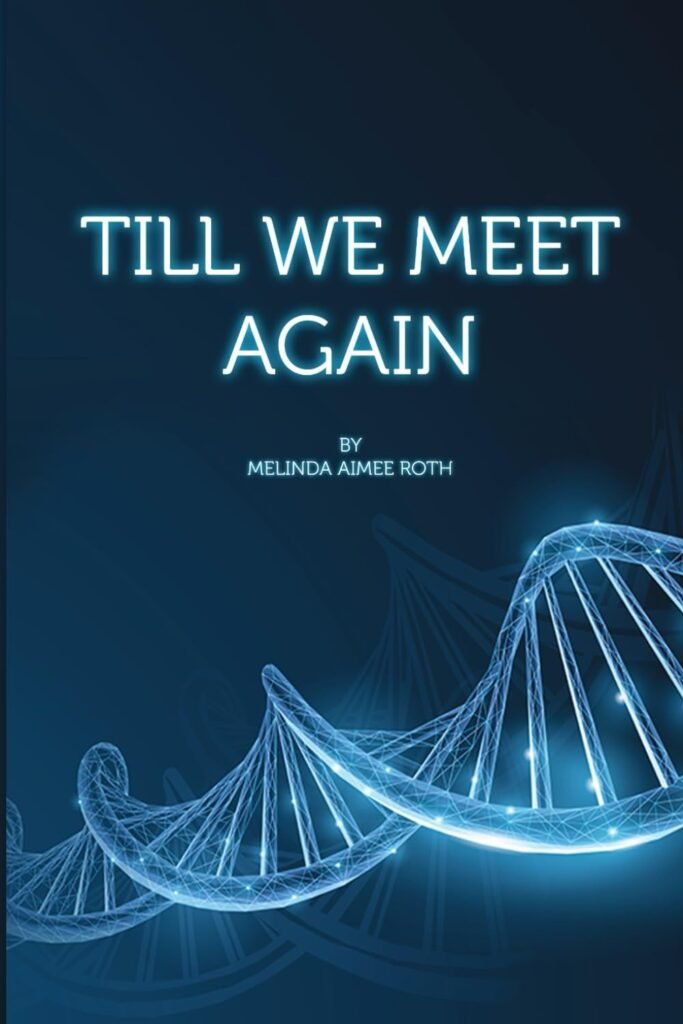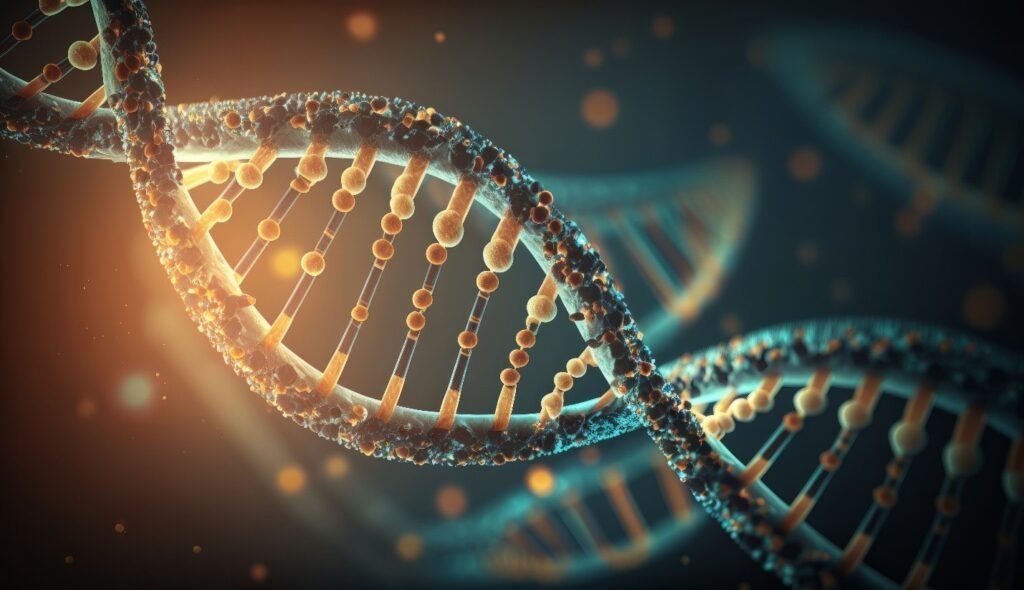The Evolution of Genetic Science: Understanding Ancestry Through Modern Technology

Every cell in our body holds a story. Hidden within our DNA are the footprints of migrations, the whispers of forgotten names, and the silent endurance of generations that came before us. For centuries, these stories were passed down through memory and myth. Today, modern science allows us to uncover them with precision once thought impossible.
Genetic science has transformed the search for identity into one of the most personal and powerful scientific revolutions of our time. What began as a quest for family history has become a way to understand the deeper connections that unite all of humanity.
From Paper Records to Digital Discoveries
Not long ago, tracing your ancestry meant hours spent in archives, leafing through fragile birth certificates and faded immigration documents. But for many families, especially those affected by war, displacement, or persecution, those records were lost forever.
Then came the age of genetic discovery. By analyzing Deoxyribonucleic Acid (DNA), scientists can now uncover a person’s ancestral origins and identify relatives across continents. Your DNA carries markers that reveal shared heritage, migration patterns, and connections reaching back hundreds or even thousands of years.
The discovery of the DNA double helix in 1953 and the mapping of the human genome in 2003 paved the way for consumer genetic testing. Today, platforms like AncestryDNA and 23andMe allow millions to trace their family lines with stunning accuracy, comparing genetic sequences measured in centimorgans to vast international databases.
Through this technology, history has come alive again, one swab at a time.
When Science Becomes Personal
Genetic testing is more than data; it is deeply human. Each DNA match can reopen a lost chapter or reunite a family separated by time and circumstance. It can confirm whispered family stories, or rewrite them entirely.
Author Melinda Aimee Roth knows this truth firsthand. In her moving book ’Till We Meet Again, Roth blends the precision of genetic science with the emotion of personal storytelling. Through DNA analysis, archival research, and cross-continental journeys, she uncovers her family’s roots in Slovakia and Hungary, families nearly erased by the Holocaust.
Her discoveries connect generations once divided by silence. What began as curiosity evolved into an act of remembrance and healing, showing how science can restore the human spirit as much as it reveals the past.

The Future of Our Genetic Story
The science of ancestry continues to evolve. New technologies can trace ancient migrations, uncover health patterns linked to genetics, and map global connections with extraordinary detail. Yet, at its heart, genetic discovery remains a story about belonging.
Each of us carries an unbroken thread of survival, a record of those who loved, endured, and passed life forward. As Melinda Aimee Roth reminds us, discovering where we come from is not just about history. It is about identity, empathy, and the realization that we are all part of a much larger human family.
If you’ve ever wondered where you come from or what your DNA might reveal, ’Till We Meet Again is your invitation to begin that journey. It’s a captivating blend of science, history, and personal discovery that brings the past vividly to life. Get your copy today!



